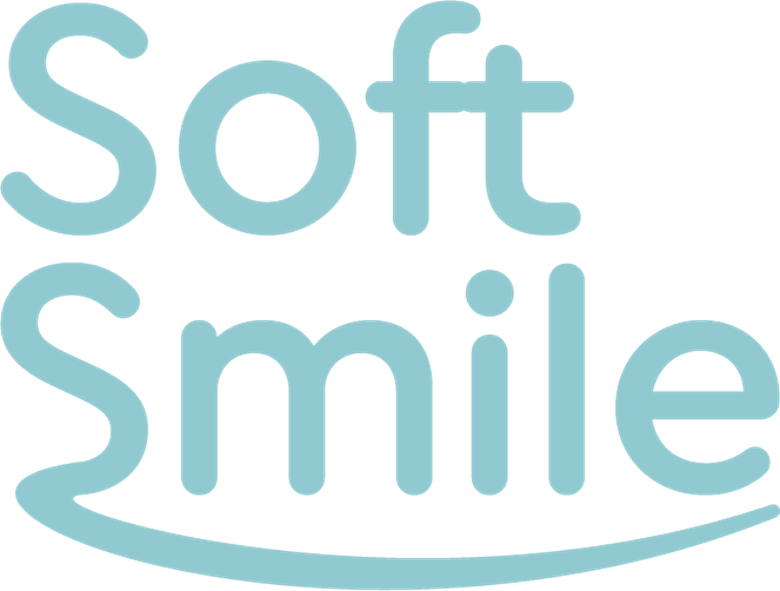SoftSmile’s VISION Treatment Planning Software Leverages CBCT Capabilities to Deliver High-Quality Orthodontic Treatment
[SPONSORED] This article explains how VISION software from SoftSmile works to plan optimal orthodontic treatments.
Image © SoftSmile

SoftSmile, a technology company focused on delivering best-in-class orthodontic treatment to the industry, has integrated Cone Beam Computed Tomography (CBCT) analysis in its treatment planning software, VISION. The ability to manipulate complex data from CBCT scans unlocks new levels of analysis and diagnosis and improves treatment planning design and outcomes.
What is a CBCT scan?
In orthodontics, CBCT has become an increasingly popular tool for treatment planning and evaluation and represents a major development in the field. CBCT scans are becoming increasingly common and more affordable for doctors and patients, but are more commonly used by specialists.
CBCT uses a unique technology to generate 3D images of dental structures, soft tissues, nerve paths, and bone in the craniofacial region in a single scan. The shift to 3D imaging is transforming the way orthodontists approach patient evaluation and treatment planning. Orthodontists can confidently create customized treatment plans with the advanced visualization and manipulation of 3D data of each patient’s unique anatomy.
How does the CBCT feature in VISION work?
VISION’s CBCT feature uses x-rays to produce detailed, 3D images of patients’ teeth, jaws, and surrounding structures. Users upload the Archive file, containing these scans, to the VISION Portal. The data is integrated into the VISION platform, where advanced artificial intelligence (AI) algorithms analyze the complex, multi-layered data. Next, during the Tooth Orientation stage, the user can access and see each patient’s unique dental structure in 3D, including the real roots of the teeth, which is crucial for precise diagnostics and planning of treatments.
The unique AI behind CBCT analysis
What makes VISION’s CBCT offering unique is its AI-powered automation, making it faster and easier for orthodontists to make informed treatment decisions with 3D imaging data. VISION’s AI is based on neural networks that are specifically trained to identify and segment various structures using a large data set of CBCT scans.
During this process, the network learned to identify and segment various structures in the scans based on the examples it was given. Over time, it became capable of performing this task accurately and efficiently, even on new, unseen data. The neural networks improve efficiency by decreasing the time it takes to process data and its learning capabilities boost performance, reducing the need for manual input and adjustments. In addition, its ability to identify complex patterns ensures precise segmentation and analysis.
Throughout the treatment planning process, VISION provides prompts for each step, making it convenient and easy to use. Machine learning is a key component of VISION – the software continues to produce more accurate results with each aligner case, saving even more time in the future as it learns. The software can also learn a doctor’s specific preferences, adapting and optimizing future treatment plans based on the doctor’s input.
CBCT integration into VISION provides benefits for dentists and patients
In orthodontics, clear imaging is key to accurate diagnosis, growth evaluation, and treatment planning, and CBCT serves as an important source of data and allows doctors to visualize a patient’s craniofacial complex in 3 dimensions instead of 2. SoftSmile’s VISION software empowers users with advanced analysis and enhanced orthodontic treatment planning. It also improves CBCT analysis and diagnosis via:
- Customization: With the advanced visualization and analysis possible with VISION, practitioners can create highly tailored treatment plans for an individual’s specific anatomical features, extracted from CBCT images.
- Precise Diagnosis: CBCT images provide highly detailed and accurate information about the patient’s teeth and jaw structures with multiple layers of data to be analyzed, improving patient outcomes. VISION accurately considers the direction of the tooth axis, which is crucial for the Tuning Table and future occlusion keys.
- Better Visuals: The interactive visualizations in VISION provide a more in-depth understanding of the patient’s oral structures. The highly detailed visuals surpass the capabilities of traditional two-dimensional CT scans, helping orthodontists avoid errors and improve accuracy.
- Better Treatment: CBCT images enable orthodontists to better understand their patients’ unique craniofacial structure, including tooth roots, bone structures, and soft tissues, empowering them to create more accurate and bespoke treatment plans, with smart collision and boundary control capabilities. The system ensures the safety and effectiveness of treatments by monitoring for potential collisions of roots and controlling roots going beyond bone limits.
- Improved Patient Communication: CBCT visualizations are extremely high-quality and easy to understand. Doctors can demonstrate treatment plans and progress to patients by zooming in and changing the view angle to manipulate the data from CBCT scans. This helps orthodontists better communicate with patients.
Building new features
SoftSmile has been developing its CBCT capabilities since its inception in 2019, leveraging years of expertise working with CBCT scans for advanced jaw and bone analysis. Automating CBCT analysis with advanced AI features ensures users can visualize and manipulate the 3D imaging data. This innovation in orthodontic diagnostics provides a robust, high-quality, and advanced tool that significantly improves the precision, efficiency, and effectiveness of each step of orthodontic treatment planning and evaluation.
SoftSmile helps doctors deliver more effective patient outcomes
With SoftSmile’s VISION software and the CBCT integration, orthodontists can spend less time and money on each case, making orthodontic treatment more cost-accessible. SoftSmile is democratizing the orthodontic industry because VISION’s innovative algorithms, backed by sound biomechanical and mathematical principles, are making flawless smiles accessible to more people at a fraction of the cost.
VISION is the beginning of a ripple effect that will lower patient costs without sacrificing quality across the entire orthodontic industry, actively breaking down the access issues associated with orthodontics.
Learn more about VISION and its CBCT capabilities, schedule a demonstration at https://softsmile.com/request-demo/
